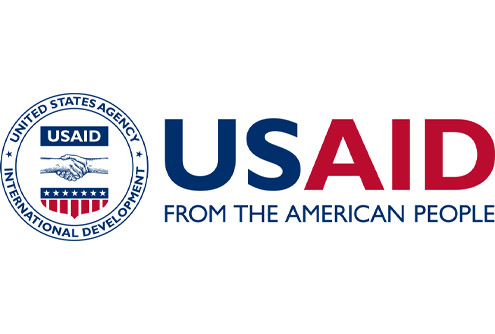Making Displacement Safer Cookbook
Key approaches
The approaches and ingredients identified in this cookbook have, as their starting point, the respect, adherence and promotion of displaced people’s internationally recognised rights.
The approaches and ingredients showcased reflect the importance of providing opportunities for displaced people to fully engage in actions that meet their needs and to take part in decisions that affect them.
The approaches described below – participation, inclusion, whole of society and human rights – serve as the basis for each of the recipes in this cookbook as they are needed to support displaced communities living in urban contexts. The approaches are demonstrated in each of the MDS-supported interventions, particularly in their use of the VFL methodology, ULL approach and, ultimately, in overall implementation.
Participatory approach and community ownership
The community of displaced people and hosts should be continuously and meaningfully engaged in learning, design and decision-making processes. Meaningful participation means the community leads, service providers facilitate, and local stakeholders and authorities listen to the community to ensure that activities are responding to community needs. Developing any action with displaced people from the start makes it possible to address their most pressing needs and to promote their ongoing engagement.
Participation and community ownership can be promoted by conducting a survey, or participatory mapping, of resources, capacities, vulnerabilities and risks. This helps to identify the characteristics of the locality and ensure that planning and actions are appropriate to the local context and priorities. Giving an opportunity to the host community to identify its challenges and needs, as well as to benefit from support, can help foster integration of displaced people in the host community. Key success elements leading to community ownership are promoting community engagement and building the community’s capacity.
“This project, with the inclusive approach that we used, is focused on the people in order to demonstrate to all the stakeholders that it is important to create an inclusive and participatory approach, so that all the stakeholders, be it the displaced or the policymakers, should sit around the table to discuss solutions.”
Alvin Koumbhat, CDHD, Republic of Congo
Inclusive approach
Ensuring that all members of a community have the opportunity to participate and contribute to joint efforts is crucial, and sometimes requires extra effort to facilitate, for example by altering meeting times or locations. Not only should gender equality be ensured, but also the participation of underrepresented and marginalised groups should be prioritised, including people living with disabilities, younger people, older people, those in the LGBTQI community and others. Displaced persons from all social, ethnic, class, gender, age and background should have equal opportunity to participate at every stage. Marginalised groups should be identified and included at the start of any initiative, with appropriate social protection or inclusion mechanisms in place to promote their active participation.
“Trusting the ULL process has helped the project to be carried out in a way that the community has their own voices. Stakeholder engagement was key. Views were heard and people were part of the process.”
Jean de dieu Musengamana, Manadisaster, Rwanda
Whole of society approach
There should be meaningful involvement of all relevant stakeholders in all stages of managing displacement risks. These stakeholders include displaced persons, community members, relevant tiers of government, civil society groups and organisations, private sector, among others. Such engagement should include continuous dialogue between the displaced community, host community and other stakeholders.
“We need coordination with the government and different stakeholders to tackle every source of forced displacement and also disaster education across the country.”
Judith Mbarushimana, Manadisaster, Rwanda
Rights-based approach
Rights-based solutions include four main principles: meaningful and inclusive participation and access to decision making; non-discrimination and equality; accountability; and transparency and access to information supported by disaggregated data [1]. The Guiding Principles on Internal Displacement define the scope of displaced people’s rights as, “rights and guarantees relevant to the protection of persons from forced displacement and to their protection and assistance during displacement as well as during return or resettlement and reintegration” [2]
Key ingredients
Next chapterMaking Displacement Safer Cookbook
Go to startFootnotes
- For more information, see European Commission The Human Rights Based Approach
- See UN Guiding Principles on Internal Displacement
Project funded by
United States Agency for International Development

Our Making Displacement Safer project is made possible by the support of the American People through the United States Agency for International Development (USAID) – Bureau for Humanitarian Assistance. Content related to this project on our website was made possible by the support of the USAID. All content is the sole responsibility of GNDR and does not necessarily reflect the views of the USAID.
Visit their website